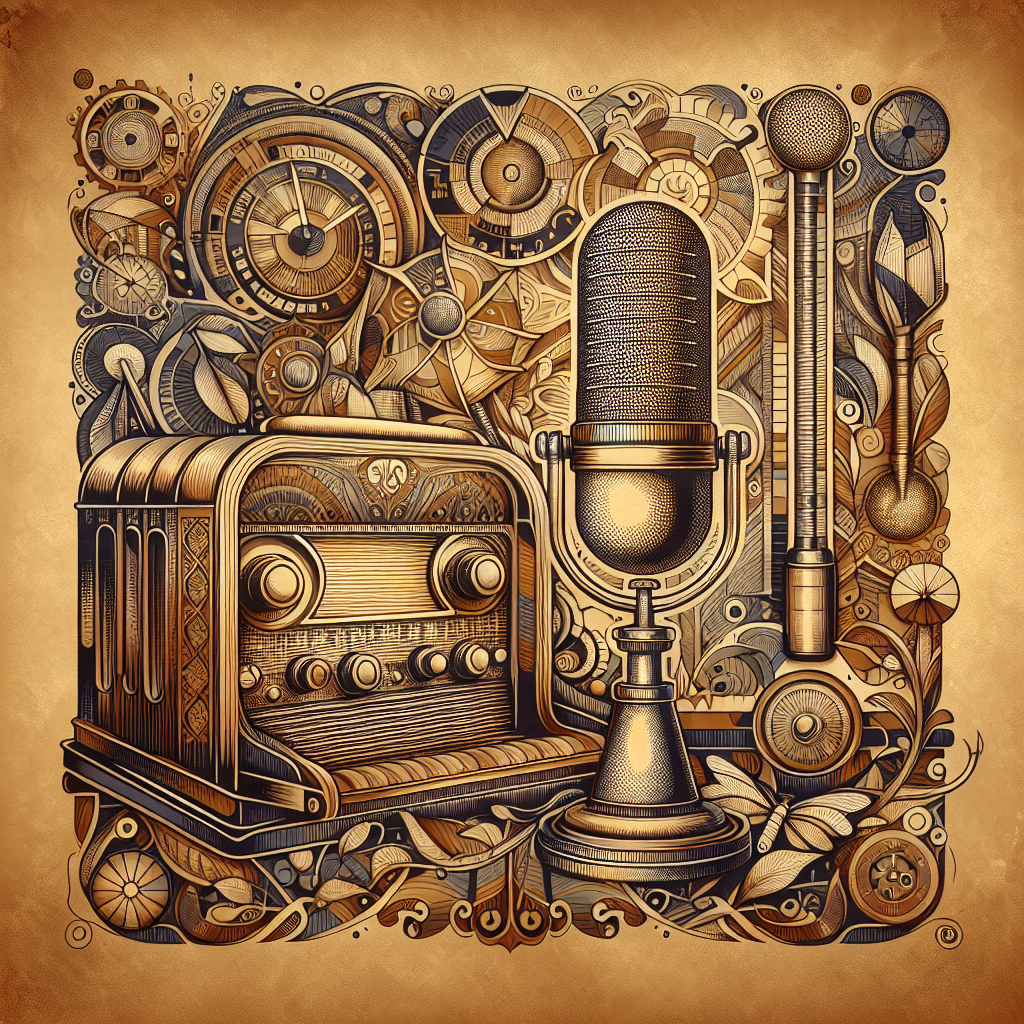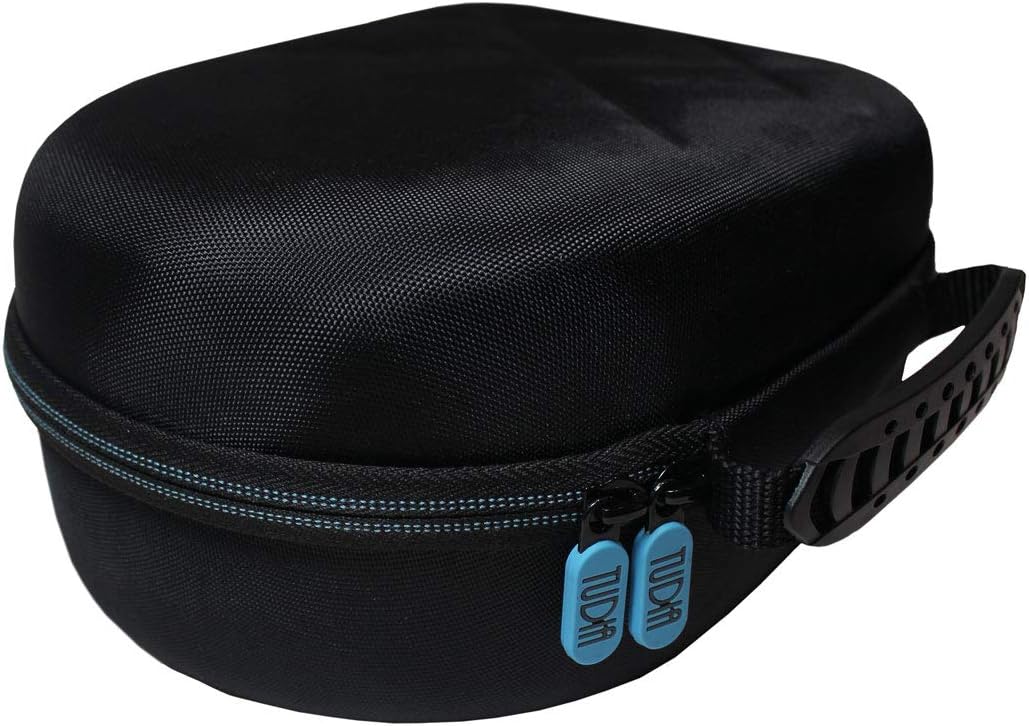Retro Pi World Radio
In this article, the reader is introduced to Raju, a software engineer who has a deep fondness for nostalgia. Despite his modern career, Raju enjoys repurposing old hardware to create something new, and his latest project is the Retro Pi World Radio.
Using a Raspberry Pi board, Raju has built a radio that combines the nostalgia of analog controls with the convenience of internet streaming. The radio features a vintage map for browsing and has the ability to tune into a vast collection of online radio stations.
Raju’s passion for tinkering and his love for the old days are evident in this unique and innovative creation.

Retro Pi World Radio
The Retro Pi World Radio is a project that combines a love for the old days with modern technology. Raju, a software engineer with a passion for tinkering and repurposing old hardware, decided to build a retro radio using a Raspberry Pi board.
In this article, we will explore Raju’s journey in creating the Retro Pi World Radio, from selecting the necessary components to testing and improving the final product. We will also discuss Raju’s future projects and plans for further exploration in the world of tinkering.
So, let’s dive in and discover the wonders of the Retro Pi World Radio!
Raju’s Fondness for the Old Days
Despite his modern career and impressive credentials, Raju has always had a fondness for the old days.
He enjoys repurposing old hardware to create something new and exciting. In particular, Raju loves working with Raspberry Pi boards because they are easy to set up and get started with. Their versatility and accessibility make them perfect for the projects Raju likes to work on. The Retro Pi World Radio project is a testament to Raju’s love for nostalgia and his desire to combine it with modern technology.
Analog Controls and Nostalgia
One of the main reasons Raju decided to build a retro radio is because he wanted to create something that would force people to slow down in our fast-paced digital world. The analogue controls of the radio serve as a nod to a time when we interacted with devices using physical knobs and buttons, rather than touch and voice.
Raju also wanted to recreate the feeling of his childhood, where changing stations meant turning a physical knob and tuning in to different frequencies. The Retro Pi World Radio project aims to capture the essence of nostalgia and provide a unique user experience.
Choosing the Ideal Radio
Selecting the ideal old radio for the Retro Pi World Radio project was no easy task for Raju. He embarked on a lengthy search, looking for a radio with specific features that would align with his vision. Eventually, Raju found a radio with a speaker to one side and enough space to cut out a window and fit a new 5-inch screen.
This radio would serve as the base for his Retro Pi World Radio project, allowing him to combine vintage design with modern technology.
The chosen radio also had the capability to tune in to internet streaming radio stations from around the world, adding another layer of functionality to the project.
Features of the Retro Pi World Radio
The Retro Pi World Radio boasts several impressive features that set it apart from traditional radios.
With its Raspberry Pi board and custom software interface, the radio can tune in to a vast collection of internet streaming radio stations. Users can browse and discover new stations using a vintage map display, adding an element of exploration to the listening experience.
The radio also features analogue controls, allowing users to adjust settings with physical knobs, just like the radios of old. These features combine to create a unique and nostalgic radio experience.
Building the Retro Pi World Radio
Building the Retro Pi World Radio involves several steps, from selecting the Raspberry Pi board to testing and improving the final product. Let’s take a closer look at each stage of the building process.
Selecting the Raspberry Pi Board
Raju chose to use a 2GB Raspberry Pi 4 for the Retro Pi World Radio project. He needed the extra horsepower of the Raspberry Pi 4 to handle the map display functionality. The Raspberry Pi 4’s capabilities and compatibility with various components and software made it the perfect choice for this project.
Sourcing Components
Once the Raspberry Pi board was selected, Raju needed to source the necessary components for the radio. He purchased the main components from online stores such as Adafruit, ensuring that he had everything he needed to bring his vision to life. Sourcing the right components is essential for building a functional and efficient retro radio.
Writing the Software Interface
Writing the software interface was one of the main challenges for Raju, as his expertise lies in backend engineering. Nevertheless, he enjoyed the experience of writing the JavaScript code for the display and continuously thinks of ways to improve the overall aesthetic.
Raju made use of existing SDKs and open source or free online libraries to streamline the software development process. The software interface controls the functionality of the radio and allows users to navigate through different stations and settings.
Designing and Creating New Parts
To make the Retro Pi World Radio truly unique, Raju designed and created new parts for the radio. Using CAD software, he crafted a new front face for the radio, adding a personal touch to the design. Raju also utilized 3D printing technology to bring his designs to life, creating custom parts that fit seamlessly into the overall structure of the radio.
Designing and creating new parts allowed Raju to put his creativity and craftsmanship to the test.
Testing and Improving the Radio
As with any project, testing and improvement are crucial stages in the building process. Raju started with a development platform using a breadboard, which allowed him to test the software and ensure that all components were working properly.
The initial version of the radio had three rotary knobs, but Raju later decided to use four knobs to enhance the user experience. These knobs pull in internet streams from Radio.Garden and can be selected based on location and genre.
Continuous testing and improvement are essential to ensure that the Retro Pi World Radio meets the desired standards.

Future Projects and Plans
With the Retro Pi World Radio successfully completed, Raju is already looking ahead to future projects and plans. He aims to combine his love for tinkering with technology with LEGO, exploring new possibilities and pushing the boundaries of his creativity.
Raju has recently acquired a Raspberry Pi Zero W, which will undoubtedly play a role in his future endeavors. The Retro Pi World Radio project is just the beginning of Raju’s journey in the world of tinkering, and his future projects are sure to be as exciting and innovative.

Conclusion
The Retro Pi World Radio is a testament to the combination of nostalgia and modern technology. Raju’s passion for tinkering and repurposing old hardware has led to the creation of a unique and functional radio that transports users back to the days of analogue controls and physical knobs.
The Retro Pi World Radio project showcases the versatility and accessibility of Raspberry Pi boards, allowing individuals like Raju to bring their creative visions to life. With future projects on the horizon, Raju’s journey in the world of tinkering is far from over. The Retro Pi World Radio is just the beginning of a remarkable adventure.





